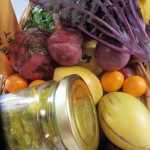 How to run a Swap Shuffle Share
How to run a Swap Shuffle Share
This information we also shared in the Australia’s Permaculture Magazine PIP Magazine (issue 2).
Local Produce SwapsA couple of years ago we fell upon the idea of Produce Swapping and decided to give it a go. The following is an account of how our Swap has progressed since then, why I believe it is so important and a guide to how you can get one started in your local area.What is a Produce SwapProduce Swaps are community driven events where growers are invited to come together to share excess seeds, plants and produce, they involve no direct exchange or of any form of payment. They are a place to meet and exchange ideas and information and consequently become place to encourage and inspire local food growing.Why Produce SwapFor me produce swapping is Permaculture in action, it is Caring for the Earth by encouraging local food growing, Caring for the People by its nature of bringing community together over good wholesome food, and Sharing Resources by it’s very nature.Produce Swaps give growers an opportunity to share their excess without having to organize a place at a market, an honesty box at the front gateGetting StartedGetting started is easy, it’s really just a matter of setting a place and a time and getting the word out to your local food growing community.The PlaceWe run our swaps in the Old Barn at Fair Harvest but Swaps are run in schools, parks, community gardens and halls, you just needProtection from the weather – this helps people realize that you will swap rain or shineTables – to place the produce on (we generally separate the plant table from the fresh produce table as quite a lot of soil tends to come in with the plants, you may want a separate table for seeds)Drinking waterParking – people do tend to come and go quite loaded so they don’t want to walk too farDrinking waterToiletsKid friendlyOptional….Morning tea – although this is optional it has become quite an important aspect of our swap, so having an urn, cups, tea, coffee, and a table for people to place goodies on is great….bringing along some morning tea is also a great way for newcomers to get involved if they dont yet have productive gardensGardens – it is always a plus to meet at a place that people can walk around and get inspiredGold coin donation to keep the tea and coffee flowingThe timeThe most important thing about time is keeping it regular, you are always going to clash with something but people will make their choice…we hold ours on the 3rd Saturday of every month between 10 and 12What to bringWe encouragefresh fruit and vegeggsseedsseedlingscuttingsrecipesmorning teaferment starters eg kombucha & sourdoughsproutsjams and picklesWe haven’t yet had anyone bring meat, fish or dairy but as these are the products that cause most hygiene issues it would probably be best to discourage themLetting People KnowUse whatever networking works best for you, we have found that social media is an ideal platform for swaps. Not long after our swap started a local gardening Face Book group started up, it is a very welcoming group that encourages discussion about all sorts of food growing. We find that after talking during the month on line people love to meet face to face. This group also gives people an opportunity to discuss what they are likely to bring, last week someone posted that they were pruning a good fig tree if anyone wanted any cuttings at the next swap, it received 60 replies.also….A regular post on a website is a good ideaTransition Town networks are an ideal place to advertise your swapSend out a newsletter (collest names on the day and take pics)get an article in your local paperand always remember to put out good clear signage as some people may need to drive past for a few months before being brave enough to joinA few things to avoidMaking rules – the best thing about swaps is the lack of rules, it’s about bringing produce along, putting it on the table and sharingAsking your local shire – unfortunately once a question is asked your local shire will be bound to investigate and may well decide that every producer needs to be licensed (I have heard has stopped 3 Swaps from starting) so it is probably easier to leave them aloneLETS – while LETS (Local Energy Transfer System’s) are fantastic they don’t work with swaps as you will find that people will have to set up and stay with their produce as well as having to place a value on it. The joy of swaps is the freedom of giving.Our Swap has grown from a handful of people 2 years ago to an average of around 60 and I am convinced that it has played a major role in the amount of local produce that is being grown in our area. It has given older food growers a new sense of purpose and respect as they share their knowledge with beginners, while giving newcomers an easy way to getting started. It is also encouraging seed saving of local varieties of veg and a new range of edible foods to be grown in backyards. Aside from all this, it is building community where we need it most, giving people a positive, useful and healthy passtime that is valued by others. Remember no matter how many zucchinis turn up at a swap there are never any left on the table at the end.I am often contacted by other groups wanting to start up a swap and am always concerned when they start by saying “I approached my local council and……..” unfortunately once a local council is approached they are bound to investigate the legality of swapping produce and will undoubtedly come to the decision that every producer must be a registered food provider, I think that for everyone’s sake (including the council) this is best left alone. Also the main food concerns would be related to meat and dairy so we suggest not swapping these products.Another pitfall I think is to confuse a Swap with a LETS (local energy transfer) trade day. Once a value is attributed to a products (wether money or LETS) it means that the grower is bound to stay with their produce to carry out transactions, suddenly the event changes from a loose, friendly community gathering to a market stye event with people standing behind tables.Having said that their is a place for LETS trade days for produce as there are a range of products that never make it to a swap such as honey, olive oil and garlic as they have a higher market vale (and longer storage) and we have discussed trialling a Swap and a LETS trade day together (though it has generally been met with resistance from the swappers and many of them are not interested in LETS)I suppose this brings me to a final point about our swap is that it is inclusive, and the range of people we have coming along is huge, they just have one thing is common….growing food. And the range of food that is being grown locally is growing along with people’s knowledge of what can be grown when and how. We have some fabulous older attendees and their knowledge is truly appreciated and we have an ever growing number of younger people coming along who are just getting started on their food growing journey.Swap days never fail to bring me joy, seeing the regulars turning up with brimming baskets, meeting new people who are in awe of the generosity and abundance in their community, tasting the latest morning tea concoctions and of course participating in inspiring and exciting conversations about growing food…locally!Resources;Guide to local produce swapsHow to: Food Swapping“Start your own Community Fruit and Vege Swap”Introduction (and guide) to food swaps
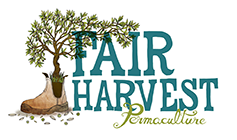
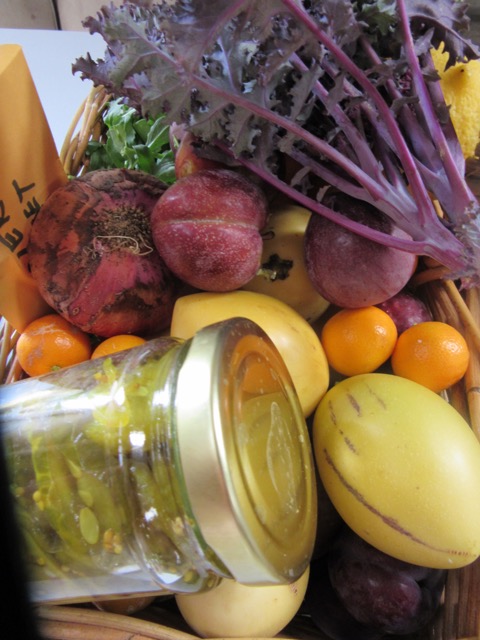
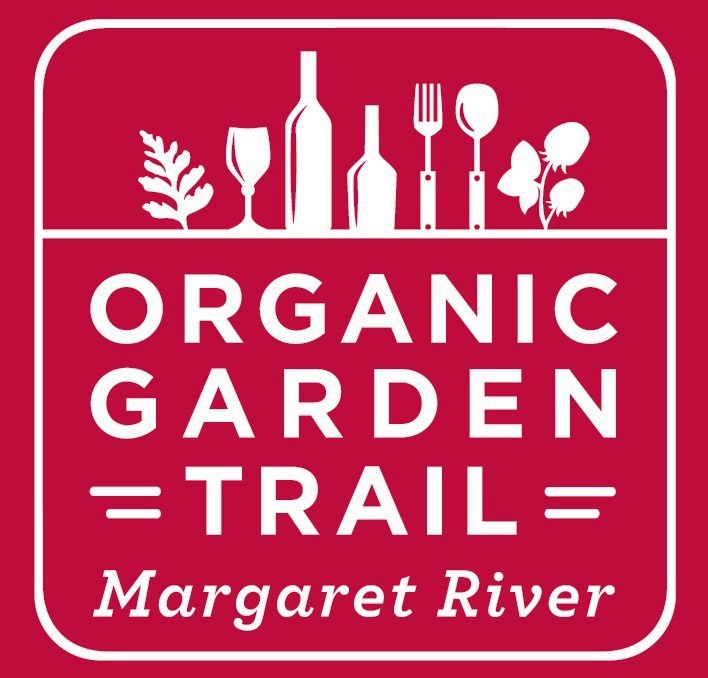
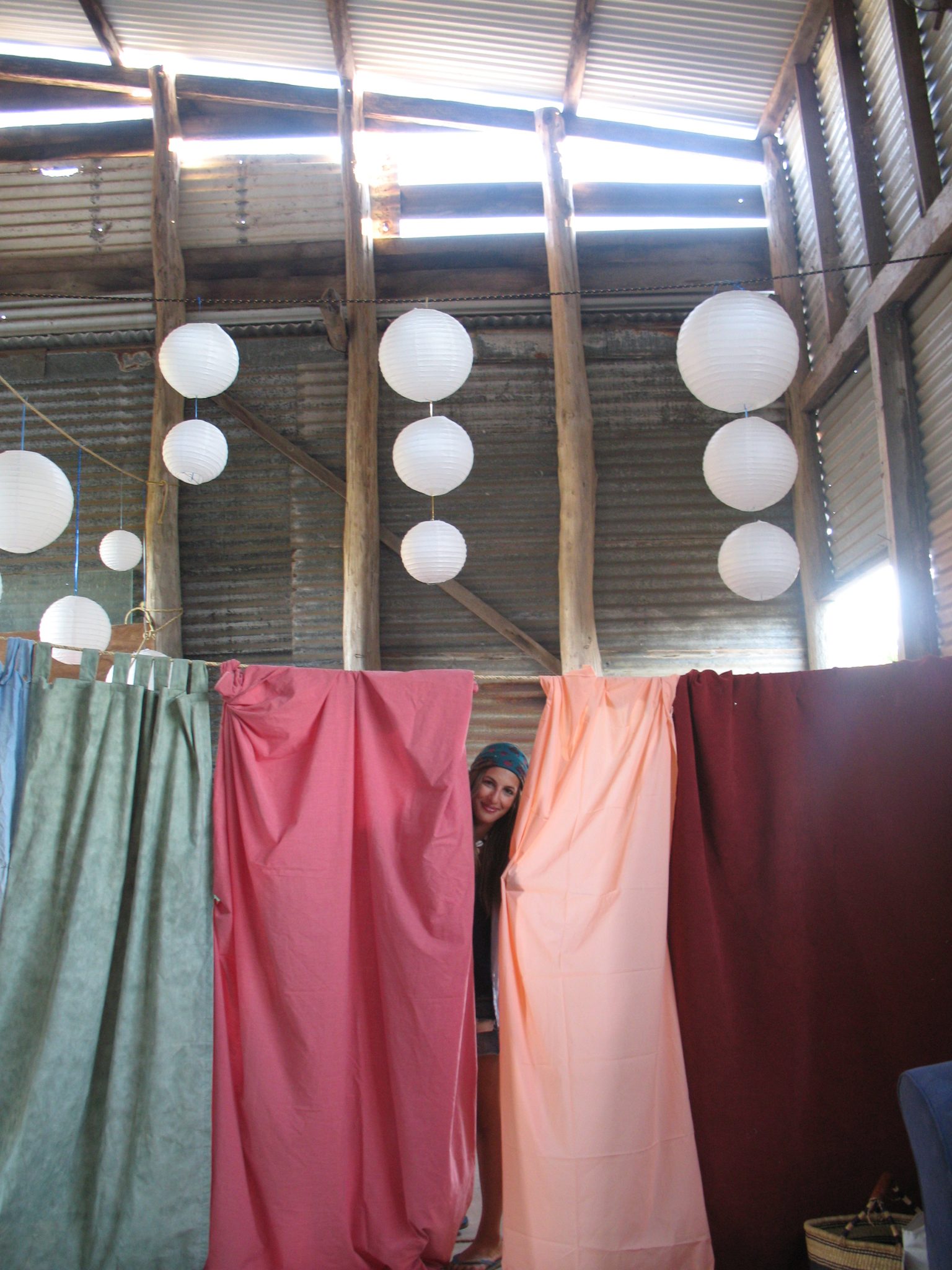

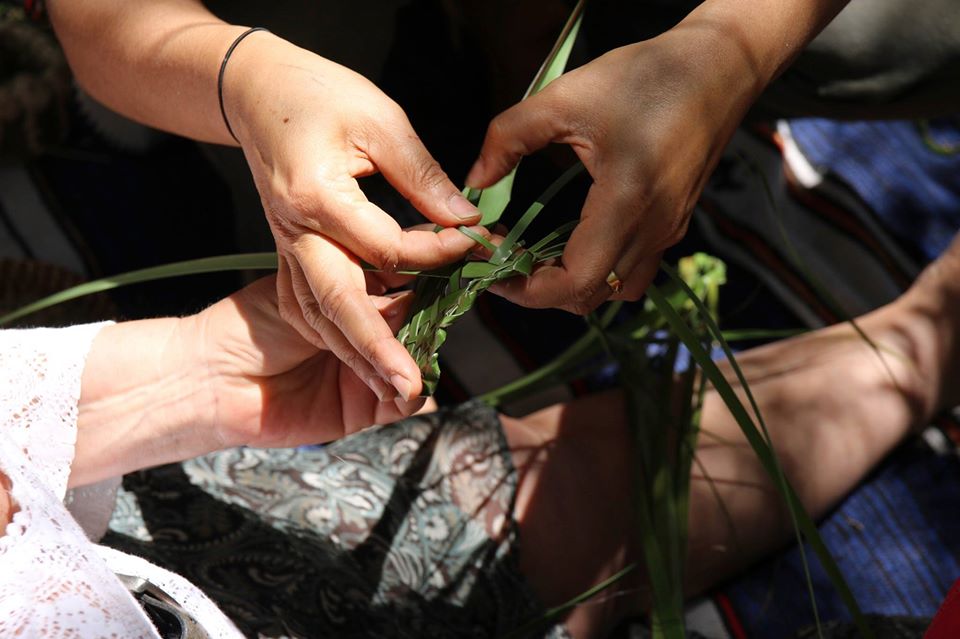
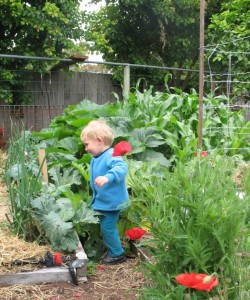

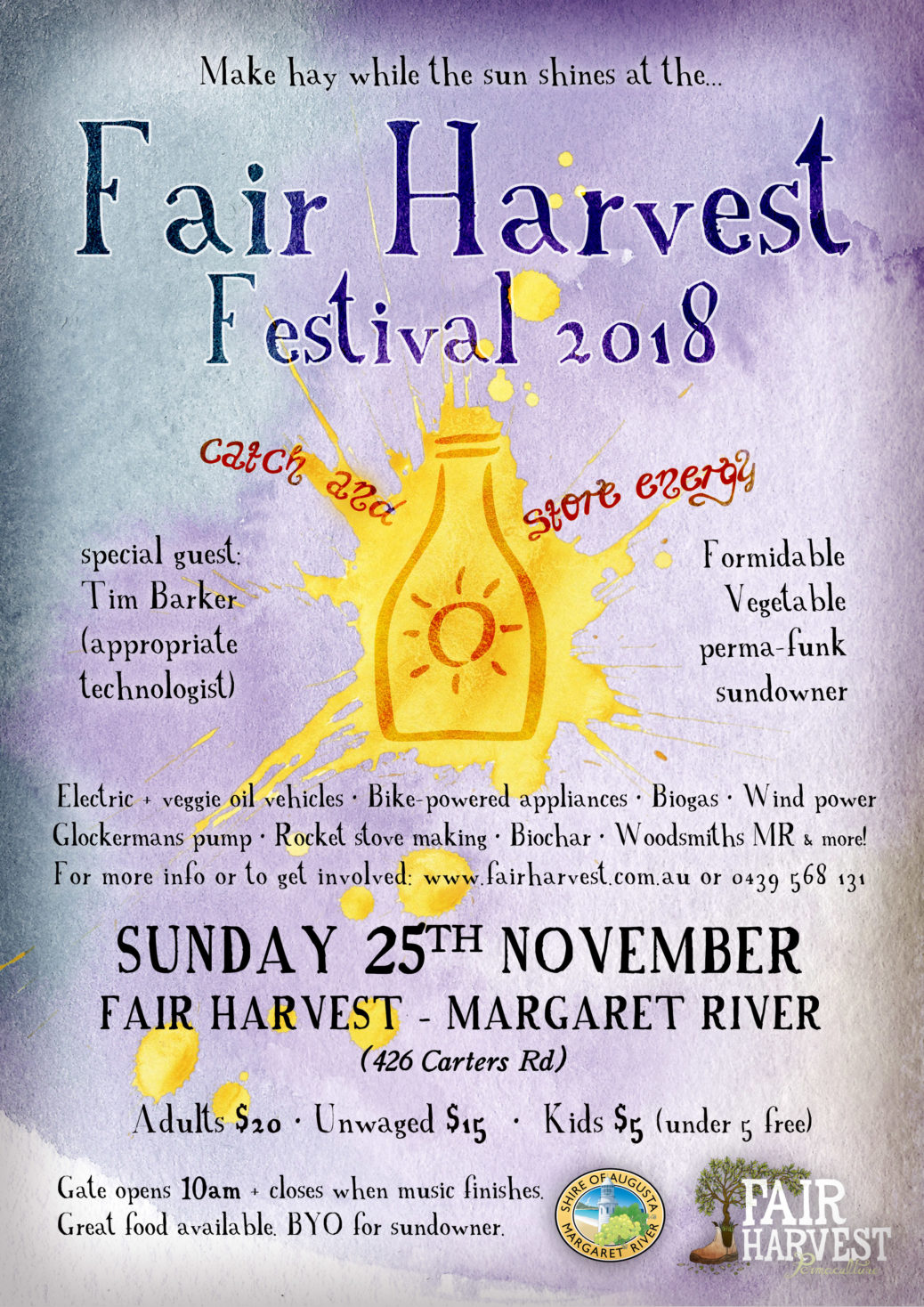
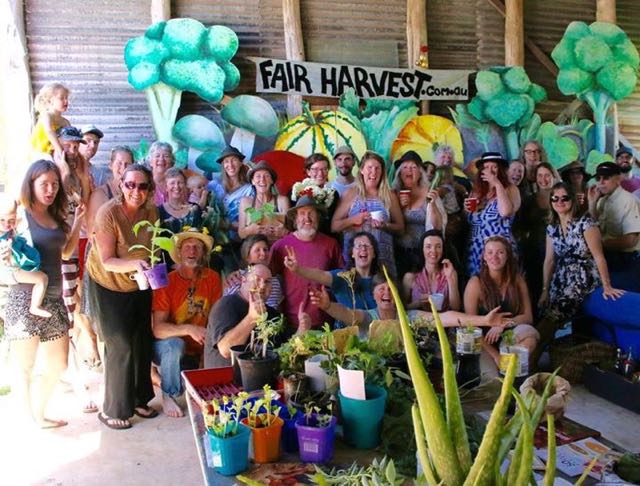

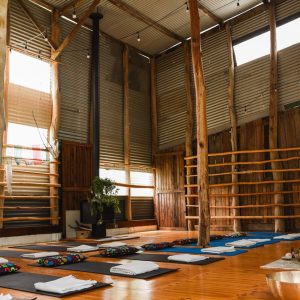

Great info here Jodie. I would love to organise something like this in our community.